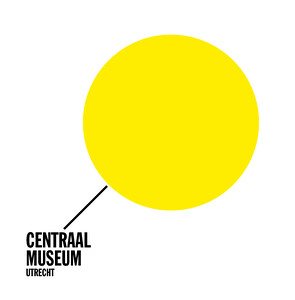Joyce Vlaming: Act II, 12 Portraits
February 16–June 30, 2019
Agnietenstraat 1
3512 XA Utrecht
The Netherlands
From February 16, the Centraal Museum in Utrecht (NL) runs two exhibitions on the topic of diversity: MOED: What is left unseen and Joyce Vlaming: Act II, 12 Portraits.
MOED: What is left unseen
In recent years, diversity and exclusion have become major topics of research and debate in the world of museums and of culture more generally. How can museums reflect on processes of exclusion and inclusion by revisiting their collections, modes of display and curatorial language? How can the museum be a place open to a multiplicity of publics? And what exactly does diversity entail, and how can we translate this into policy and practice? What does equality look like, for whom and why? And what does difference look like, for whom and why? To investigate these questions further, Centraal Museum has teamed up with MOED: the Museum of Equality and Difference, established by the Gender Studies research group at Utrecht University. This partnership gives Centraal Museum the opportunity to explore new perspectives. The diverse expertise of the team helps us to critically review our own collection, and thereby our own identity.
The collaboration between MOED and Centraal Museum has resulted in the exhibition What is left unseen?. According to MOED, the presentation exposes the white male gaze from different perspectives. From the museum’s collection, pieces by Nola Hatterman, Steve McQueen, Ary Scheffer, Therese Schwartze and historical pieces by Nicolaas Beets are exhibited along with a number of special loan pieces by Patricia Kaersenhout, Iris Kensmil, Rotimi Fani-Kayode, Faisal Abdu’allah, Jan van Bijlert and Samuel Aranda. MOED’s critical intervention in the musuem raises some key questions: How does one critically engage with dominant accounts of history? How can we envisage new ways of seeing and visualising in the museum? These and other questions are explicitly addressed in What is left unseen, and they will help the museum to develop a more inclusive programme.
Joyce Vlaming: Act II, 12 Portraits
Joyce Vlaming began her project in 2011: carefully portraying the black “extra’s” sometimes seen on historical 17th and 18th-century paintings. These boys (sometimes girls) are pictured on portraits of the Dutch upper class, in an era where slavery was taken for granted. It has long been assumed that these background figures were fictional, but research shows that many of these people actually existed.
For this exhibition, Vlaming selected twelve paintings from various private museum collections in the Netherlands, including the Centraal Museum collection. Using photographic techniques she inverted the foreground and background figures, which gives the viewer a very different perspective on the painting. She has also attempted to find as much information as possible about the people portrayed. In this way, 12 anonymous people have their history restored, to some extent. The portraits are displayed next to the original works.
The exhibition title—Act II, 12 Portraits—can be interpreted in different ways. First, it clearly refers to the second part of a (theatre) script. These scripts usually consist of three acts: the first act serves to introduce the situation, the second act presents a confrontation, and the third act contains the resolution. But the title also refers to Vlaming’s own intervention, as the second user of the images. Vlaming previously presented part of her study in Huize Frankendael, under the title Iridescence.
Both exhibitions run from February 16 to June 30, 2019 at the Centraal Museum in Utrecht, the Netherlands.



